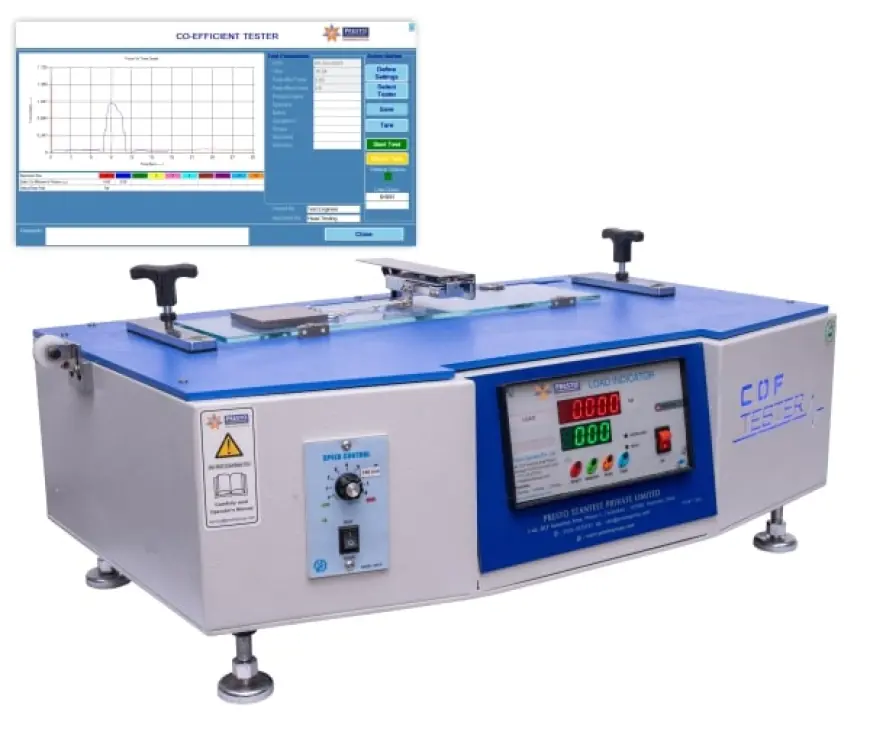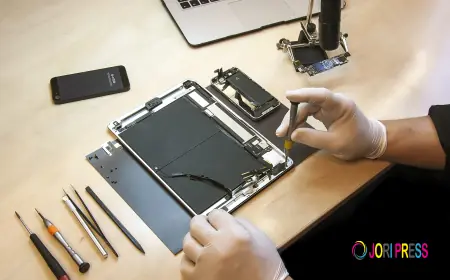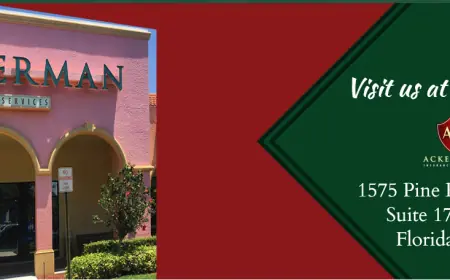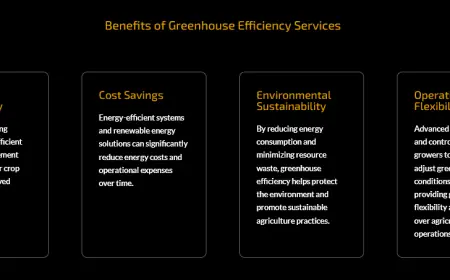Understanding the Coefficient of Friction Tester: Key to Precision in Material Testing
In this blog, we’ll explore what the coefficient of friction is, why it matters, how the tester works, differences between static and dynamic friction, and what influences the coefficient of friction tester price in the market.

In the world of packaging, manufacturing, and quality control, friction plays a crucial role in determining the performance and reliability of materials. This is where the Coefficient of Friction Tester becomes essential. Industries rely on this testing instrument to measure how materials behave when they come into contact with each other — an important factor in safety, durability, and efficiency.
In this blog, we’ll explore what the coefficient of friction is, why it matters, how the tester works, differences between static and dynamic friction, and what influences the coefficient of friction tester price in the market.
What Is the Coefficient of Friction?
The coefficient of friction (COF) is a numerical value that represents the resistance to sliding between two contacting surfaces. In simpler terms, it tells us how easily one material slides over another.
There are two main types:
-
Coefficient of Static Friction: This measures the frictional force that must be overcome to start the motion between two static (non-moving) surfaces. It is usually higher than dynamic friction.
-
Coefficient of Dynamic (or Kinetic) Friction: This measures the frictional resistance once the surfaces are already in motion.
Understanding both static and dynamic COF values is essential for industries like paper, plastic film, packaging, automotive, and textiles, where material interaction affects product performance.
What Is a Coefficient of Friction Tester?
A coefficient of friction tester is a precision laboratory instrument used to evaluate the COF values of materials. It helps determine how slippery or resistant a material surface is under standard test conditions. These testers are often used for films, paper, laminates, coatings, rubber, and similar substrates.
Most COF testers are based on the sliding plane method, where a sled (often a metal block) is dragged across the test sample at a controlled speed. The force required to initiate motion and sustain sliding is recorded, providing values for both static and dynamic friction.
Importance of Measuring Friction in Industries
Here’s why COF testing is crucial in quality control and R&D:
-
Packaging Efficiency: In packaging lines, materials with incorrect friction values may cause jams, stacking issues, or product slippage.
-
Material Handling: In conveyor systems, incorrect friction can lead to misalignment or wear.
-
User Safety: In footwear or flooring, the correct friction ensures safety and grip.
-
Performance Optimization: For automotive and aerospace industries, ideal friction values reduce wear and improve part longevity.
How the Coefficient of Friction Tester Works
A typical coefficient of friction tester comprises:
-
A sled with a defined weight
-
A motorized platform or track
-
A load cell to measure force
-
Digital display or PC software for result analysis
The testing process involves placing the sample material on the base, attaching the sled, and initiating motion. The device records the initial force (static COF) and the force during sliding (dynamic COF).
Advanced models offer programmable speed settings, high-precision sensors, USB connectivity, and compliance with international standards such as ASTM D1894, ISO 8295, and TAPPI T816.
Coefficient of Friction Tester Price: What Affects It?
The coefficient of friction tester price varies depending on several factors:
-
Brand and Build Quality: Trusted manufacturers offer better durability, precision, and support.
-
Features and Automation: Advanced testers with digital interfaces, data logging, and programmable settings are more expensive than manual models.
-
Test Standards Compliance: Devices certified to international standards often carry a higher price tag due to additional testing and certifications.
-
Measurement Range and Resolution: Higher sensitivity and wider test ranges increase cost.
-
Additional Accessories: Extra sleds, software, calibration weights, or custom fixtures can also raise the overall price.
On average, a high-quality COF tester may range between $1,500 to $7,000, depending on the specifications.
Applications Across Industries
-
Plastic Film Industry: For measuring slip properties in PE, PP, PET films.
-
Printing & Packaging: To prevent blocking and ensure smooth feeding of materials.
-
Textile & Apparel: To evaluate surface feel and performance of fabrics.
-
Automotive: To assess trim materials and seating surface friction.
-
Flooring: For slip resistance testing of tiles, laminates, and flooring surfaces.
Conclusion
The coefficient of friction tester is an indispensable tool in any material testing laboratory. It provides critical insights into how surfaces interact under motion, ensuring safety, efficiency, and compliance with quality standards. Whether you’re looking to evaluate the coefficient of static friction or dynamic COF, choosing the right tester is key.
Before purchasing, evaluate your testing needs and compare specifications, features, and coefficient of friction tester prices across reputable manufacturers. An informed decision will not only ensure accurate results but also enhance product quality and performance in the long run.
What's Your Reaction?
 Like
0
Like
0
 Dislike
0
Dislike
0
 Love
0
Love
0
 Funny
0
Funny
0
 Angry
0
Angry
0
 Sad
0
Sad
0
 Wow
0
Wow
0


















































